
Use of Traditional Lime Mortars in Modern Brickwork
Use of Traditional Lime Mortars in Modern Brickwork December 2001 In geographical areas where available natural limes were not sufficiently hydraulic for some purposes, traditional practice included the use of additives to produce a set (Pozzolans), eg brick dust from a kiln orMortars of this type are made with sand and use lime as a binder There are two basic types of lime for traditional lime mortars nonhydraulic and hydraulic limes They should not be confused with sand, lime and Portland cement mortars, regardless of the relative proportions of Use of traditional lime mortars in modern brickwork The Lime Mortars were a traditional material used for laying bricks before the widespread introduction of Portland Cement It is important to differentiate been Lime Based Mortars and Portland Cement in your brickwork if you intend repairs or additions to your buildingWhy use lime mortar in buildings Home of Brickwork Help

Lime Mortars for Brickwork: Traditional Practice and
Jan 16, 2014 the revival in the use of traditional lime mortars for the repair, restoration and conservation of historic buildings in the united kingdom over the past 25 years continues to gain momentum as designers and builders alike recognize the importance of using materials that are sympathetic to those originally used for the construction of such Old bricks were fired at lower temperatures that modern bricks, making them softer They absorb and release water, expanding and contracting in the process The lime mortar used with them was even softer and able to cushion that movement Periodically the mortar deteriorates and has to be replacedWhy Use Lime Mortar for Tuckpointing Old Brickthe history and use of lime mortars in traditional building, the sourcing of raw materials including lime mortar, natural stone, brick and timber, whether traditional or modern should only (PDF) Lime Mortars in Traditional Buildings: Short Guide 6

History of lime in mortar Graymont
The Romans created hydraulic mortars that contained lime and a pozzolan such as brick dust or volcanic ash These mortars were intended be used in applications where the presence of water would not allow the mortar to carbonate properly (ref iv) Examples of these types of applications included cisterns, fishponds, and aqueductsToday the use of lime mortars is popular in a wide variety of stonework constructions, from stone walls to stone building restoration and new build stonework, as the damage to stonework caused by the use of portland cement based mortar in traditional construction and repair techniques has become much more widely appreciatedStonemasons Lime Mortars Lime Mortar Pointing the history and use of lime mortars in traditional building, the sourcing of raw materials including lime mortar, natural stone, brick and timber, whether traditional or modern should only (PDF) Lime Mortars in Traditional Buildings: Short Guide 6
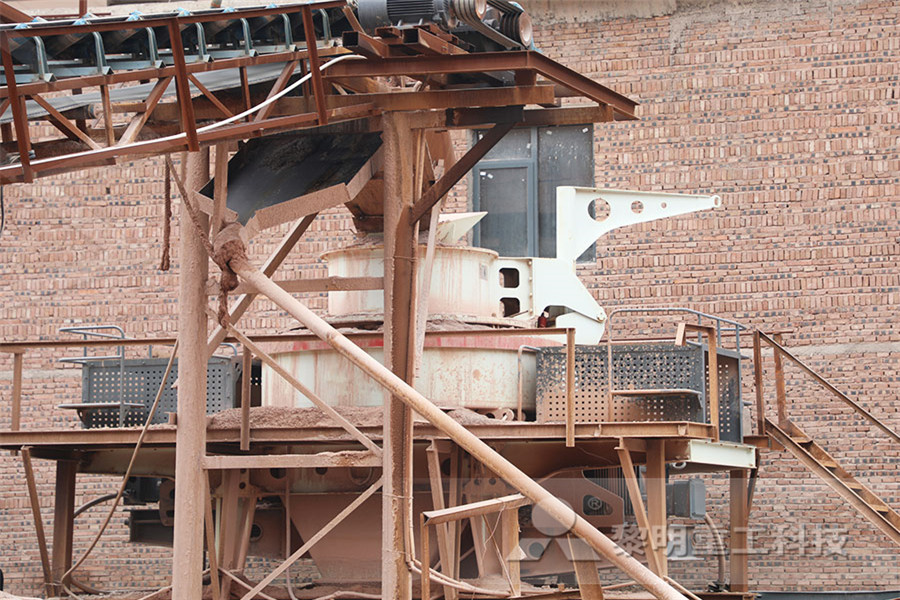
Lime Mortars for Brickwork: Traditional Practice and
AbstractThe revival in the use of traditional lime mortars for the repair, restoration and conservation of historic buildings in the United Kingdom over the past 25 years continues to gain momentum as designers and builders alike recognize the importance of using materials that are sympathetic to those originally used for the construction of such buildingsWhy we Use LimeWe work with the traditional lime mortars that pre1920 properties were originally built with because their breathability and flexibility is integeral to the whole construction of the buildingModern cements and plastics form barriers thatMJHardwick, "Local and competent in all aspects of • grouting, plastering or rendering with lime mortars • structural design of new work using lime mortars 22 Application The lime mortars in this Code are for use in the repair of buildings and structures that were originally constructed with lime mortars These were typically built before the middle of the twentieth centuryLime mortars for the repair of masonry Heritage

(PDF) Traditional hot mixed lime mortars for conservation
Journal of Building Survey, Appraisal Valuation Volume 8 Number 1 Traditional hot mixed lime mortars for conservation and repair Nigel Copsey Received (in revised form): 15th February, 2019 Hall Farm, Maltongate, ThorntonleDale, North Yorkshire, YO18 7SA, UK Email: nigelcopsey@hotmail Nigel Copsey is a stonemason and building and, in most cases, this will indicate the use of conservatorLime production uses less energy than cement production resulting in lower CO2 output Lime products absorb carbon dioxide during curing Recycling materials Brick and block production creates huge amounts of carbon dioxide Buildings that use lime mortars can, at the end of their useful life be taken apart and the constituent materials can be Why Use Lime? Traditional Lime Lime Mortar Gloucestershirebeen constructed using traditional lime mortar and still maintaining the safety, weathertightness, amenity and health for the building occupants supports the use of lime mortars to repoint masonry during the repair of those buildings 3242 Status of Heritage Technical CodeRepointing with Lime Mortars
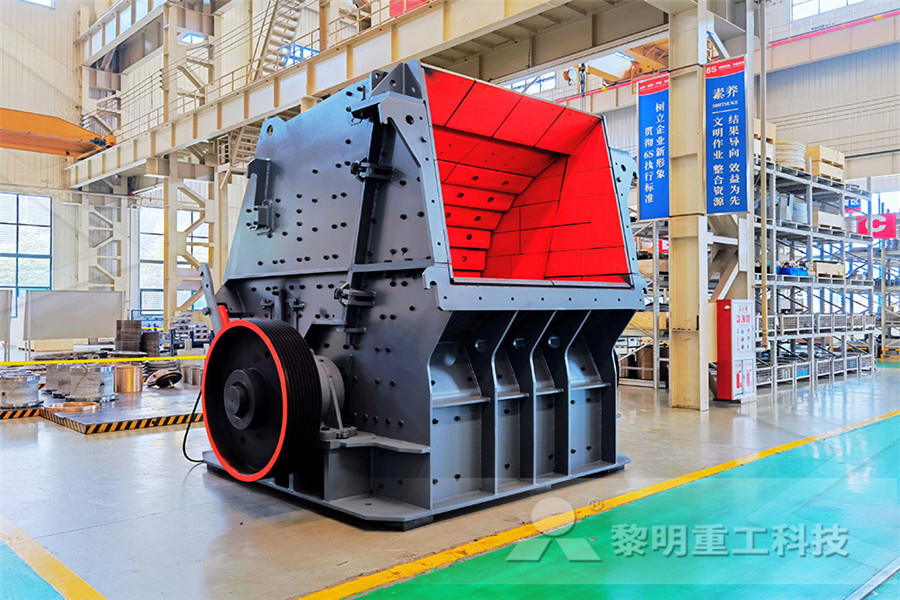
MORTAR SPECIFICATION Forticrete
Guidance on the use of traditional lime mortars is not covered in EC6 or PD6697 and they are generally used in renovation projects However, some designers are now attracted to the environmental advantages that are claimed for lime mortar Hydraulic lime mortars are suitable for some modern masonry construction and areMyth #1 Hydrated Lime Mortar When people refer to lime mortar they're generally referring to mortar made with hydraulic lime or fat lime putty, sand and no cementHowever, for most modern bricklayers and builders, the only exposure they've had to lime products is hydrated lime Hydrated Lime is readily available at the local builder's merchant and can be used to increase the workability of Myth #1: Hydrated Lime Mortar Conserv®cementlime mortar Mortar made from Portland cement, hydrated lime, aggregate, and water, the most traditional formulation of modern masonry mortars Portland cement A gray or white powder, composed principally of calcium silicates, which, when combined with water, hydrates to form the binder in Chapter 8 Flashcards Quizlet

Hydraulic Lime Mortar For Stone Brick And Block Masonry A
Hydraulic Lime Mortar for Stone, Brick and Block MasonryGeoffrey Allen This best practice guide to using hydraulic lime mortar is the result of a research project by the UK Limes team which studied the performance application and classification of Lime mortar is a combination of lime (hydraulic or nonhydraulic), aggregate (sand, grit etc) and water Due to the introduction of Portland Cement in the 19th Century, the use of lime declined For the past 150 years modern, artificial cements have slowly been replacing traditional lime based mortars and plasters, to such a degree that now A Complete Guide to Lime MortarIt was his pioneering work in such papers as 'Lime Mortars for Brickwork: Traditional Practice, Modern Misconceptions' (1997) among others, that shifted a lime revival that had become entrenched in believing and promoting all historic mortars based on pure, 'air lime' binders, always slaked to matured putty and mixed with 'wellgraded' aggregateCRAFT REVIVAL The Red Mason
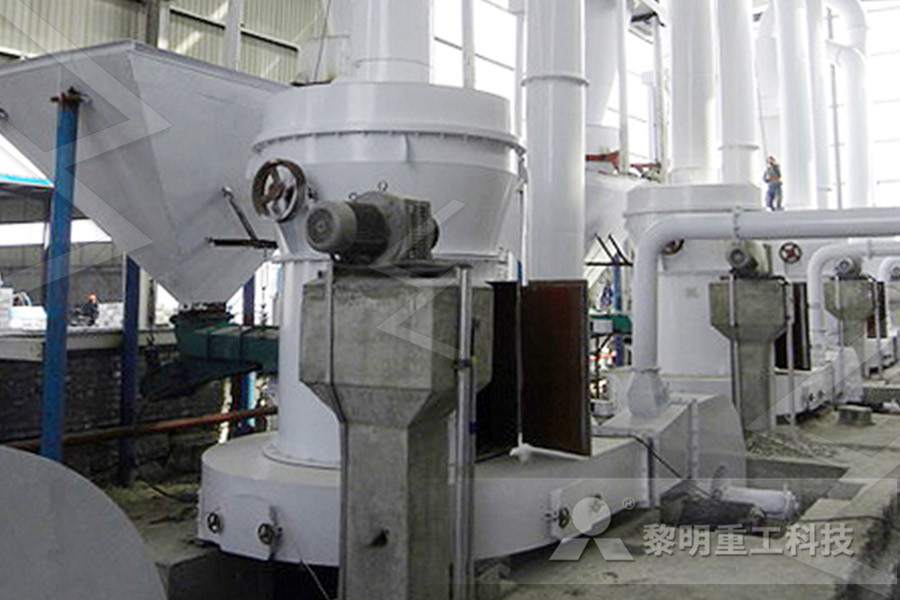
Repointing Suffolk Brick Stone Cleaning
Repointing Most historic, Victorian or earlier buildings will have been built with lime mortar which makes the pointing softer and more porous than the cement based mortars used in more modern buildings Suffolk Brick Stone use only traditional natural hydraulic lime mortar, to repoint and patch repair decayed and cracked mortar joints, as Use of Traditional Lime Mortars in Modern Brickwork December 2001 In geographical areas where available natural limes were not sufficiently hydraulic for some purposes, traditional practice included the use of additives to produce a set (Pozzolans), eg brick dust from a kiln orUse of Traditional Lime Mortars in Modern BrickworkMortars of this type are made with sand and use lime as a binder There are two basic types of lime for traditional lime mortars nonhydraulic and hydraulic limes They should not be confused with sand, lime and Portland cement mortars, regardless of the relative proportions of Use of traditional lime mortars in modern brickwork The
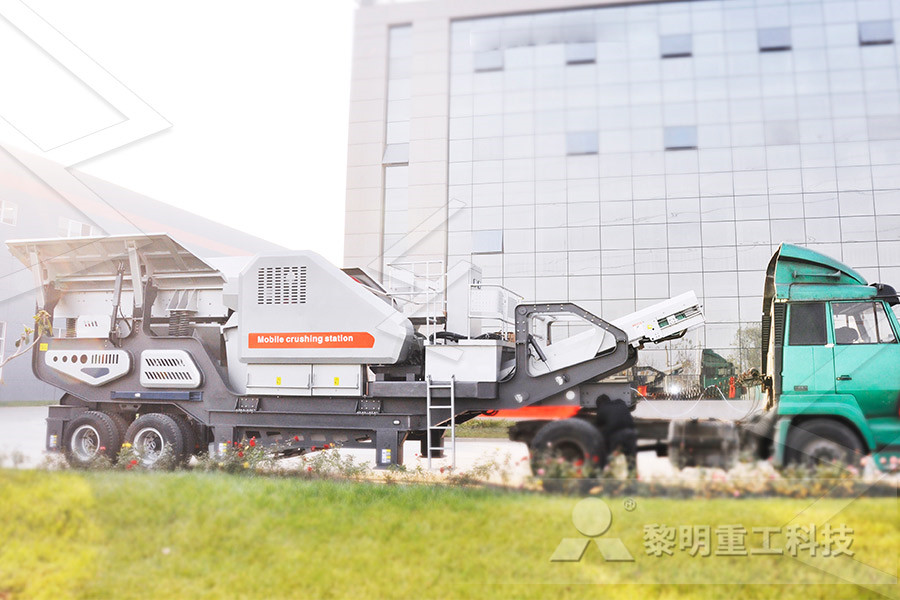
Why use lime mortar in buildings Home of Brickwork Help
Nothing could be worse for your old lime based mortar that binds your brickwork together if you use modern mortar mixes, old brickwork was designed to have movement to some extent The reason most old brick built buildings are of a solid wall construction and very thick is because Lime Mortars can take a long time to harden, so the wall was Jan 16, 2014 Abstract The revival in the use of traditional lime mortars for the repair, restoration and conservation of historic buildings in the United Kingdom over the past 25 years continues to gain momentum as designers and builders alike recognize the importance of using materials that are sympathetic to those originally used for the construction of such buildingsLime Mortars for Brickwork: Traditional Practice and AbstractThe revival in the use of traditional lime mortars for the repair, restoration and conservation of historic buildings in the United Kingdom over the past 25 years continues to gain momentum as designers and builders alike recognize the importance of using materials that are sympathetic to those originally used for the construction of such buildingsLime Mortars for Brickwork: Traditional Practice and
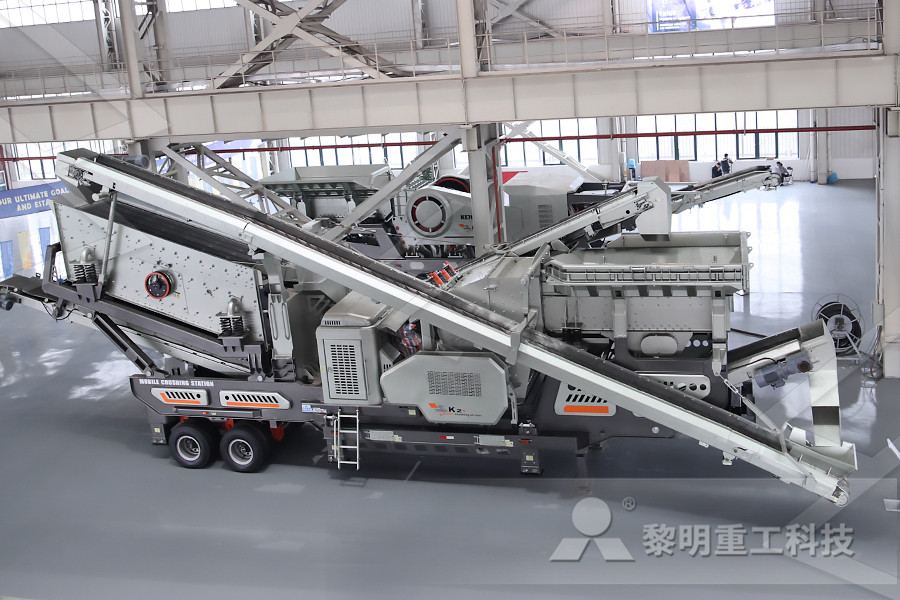
Why Use Lime Mortar for Tuckpointing Old Brick
Old bricks were fired at lower temperatures that modern bricks, making them softer They absorb and release water, expanding and contracting in the process The lime mortar used with them was even softer and able to cushion that movement Periodically the mortar deteriorates and has to be replaced Structures in Washington DC and Old Town Aug 24, 2018 Modern lime products and cement mortars are replacing the use of traditional mortars However, our recent research with the Scottish Lime Centre Trust found that the majority of pre1919 mortars were quicklime based, or ‘hotmixed’ This means that mortars in Scotland would have been traditionally made up of a binder of quicklime, aggregate Traditional Mortars: Going Full Circle Engine Shedthe history and use of lime mortars in traditional building, the sourcing of raw materials including lime mortar, natural stone, brick and timber, whether traditional or modern should only (PDF) Lime Mortars in Traditional Buildings: Short Guide 6

(PDF) Traditional hot mixed lime mortars for conservation
Journal of Building Survey, Appraisal Valuation Volume 8 Number 1 Traditional hot mixed lime mortars for conservation and repair Nigel Copsey Received (in revised form): 15th February, 2019 Hall Farm, Maltongate, ThorntonleDale, North Yorkshire, YO18 7SA, UK Email: nigelcopsey@hotmail Nigel Copsey is a stonemason and building and, in most cases, this will indicate the use of conservatorcementlime mortar Mortar made from Portland cement, hydrated lime, aggregate, and water, the most traditional formulation of modern masonry mortars Portland cement A gray or white powder, composed principally of calcium silicates, which, when combined with water, hydrates to form the binder in Chapter 8 Flashcards QuizletThe reasons for using lime in mortar 2000 years ago still remain valid today More information on Limebased mortars in modern masonry construction References: McKee, Harley J Introduction to Early American Masonry Stone, Brick, Mortar, and Plaster National Trust for Historic Preservation, Columbia University, 1973 p 61History of lime in mortar Graymont

The Lime Mortar Guide Conserv®
The use of these materials brought about the decline of lime mortars but modern cements have since been found to cause damage to historic buildings over time is a sacrificial element of the structure As well as binding masonry units together, a lime mortar introduces a flexible, breathable layer that absorbs movement and expels moisture Sep 25, 2020 We use lime mortars and traditional materials whose performance has been tested over centuries of use in all climates and conditions We believe that the skilled and informed use of traditional materials such as wood, stone, brick, lime and earth is not only good for the buildings of which they are a part, but good for the environment as a Hot Mixed Limes Traditional Mortars: Down to earth Aug 10, 2017 Aug 10, 2017 Technical Lime in mortars Lime has been used as a binder in mortars for over 2000 years Today, lime is still used as the primary binder in many mixes, usually in the form of lime putty or Hydraulic lime Hydrated lime is used in modern cement based mortars mainly for its properties as a plasticiser On []Why use lime in mortar? Masonry Contractors